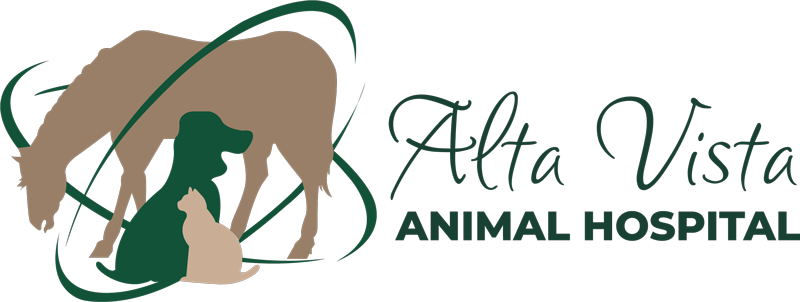Comprehending Cranial Cruciate Ligament Tears in Pets
When you witness an athlete in a sporting event clutching their knee, you instinctively understand that they might have torn their anterior cruciate ligament (ACL), an important ligament for knee stability.
But did you know that pets can experience a similar knee ligament tear? Although known by a different name—cranial cruciate ligament (CCL)—the issue remains the same.
What exactly is a cranial cruciate ligament tear in pets?
The cranial cruciate ligament connects the femur (thigh bone) to the tibia (shin bone) and plays a crucial role in stabilizing the knee joint. When the CCL ruptures or tears, the shin moves forward away from the femur as your pet walks, leading to instability and discomfort.
What causes damage to the cranial cruciate ligament in pets?
Various factors contribute to CCL rupture or tear in pets, including:
– Ligament degeneration
– Obesity
– Poor physical condition
– Genetics
– Skeletal shape and configuration
– Breed
In most cases, CCL rupture occurs due to gradual degeneration of the ligament over several months or years, rather than a sudden injury to a healthy ligament.
What are the signs of a cranial cruciate ligament tear in pets?
The signs of a CCL tear, particularly a partial tear, can vary in severity and may pose a challenge for pet owners in determining whether veterinary care is necessary. However, a CCL rupture requires medical attention, and it’s crucial to schedule an appointment with our team if your pet exhibits the following signs:
– Pain
– Stiffness
– Lameness in a hind leg
– Difficulty standing after sitting
– Difficulty sitting down
– Trouble jumping into the car or onto furniture
– Decreased activity level
– Muscle atrophy in the affected leg
– Reduced range of motion in the knee
How can a torn cranial cruciate ligament be treated?
The treatment approach for a torn CCL depends on factors such as your pet’s activity level, size, age, and the degree of knee instability. Surgery is typically the recommended option as it offers a permanent solution to managing instability through techniques like osteotomy or suturing. However, in some cases, medical management may be a viable option.
If your pet experiences hind leg limping, it’s possible they have torn their cranial cruciate ligament. Contact our team to schedule an orthopedic examination for your furry companion.

